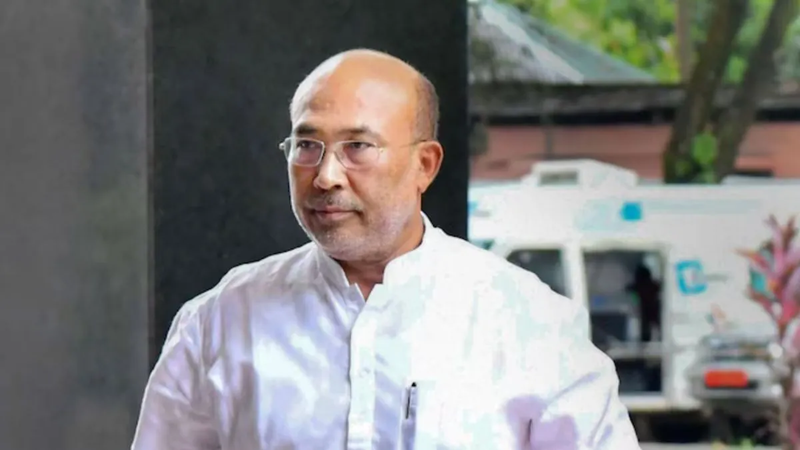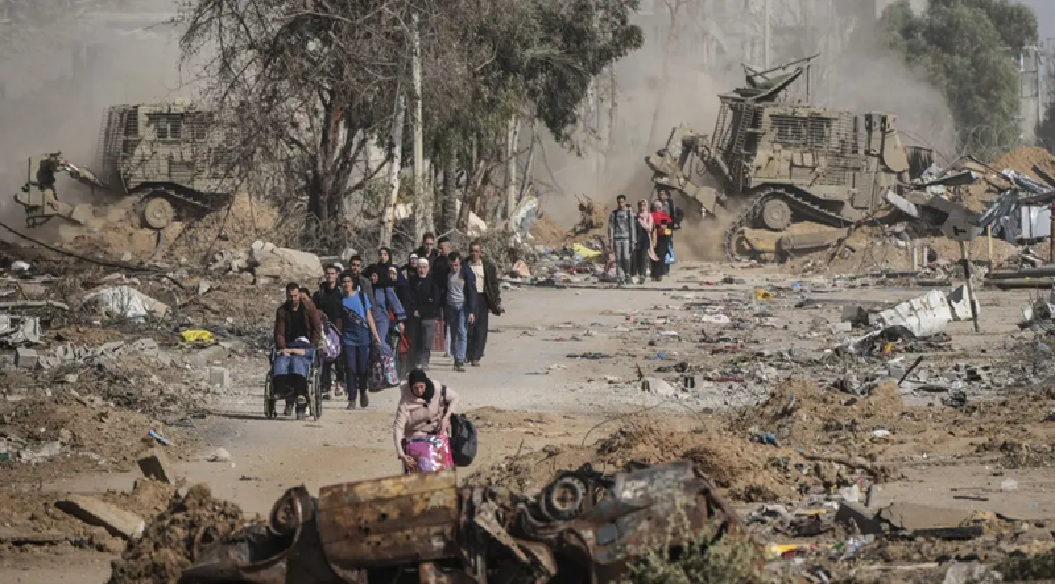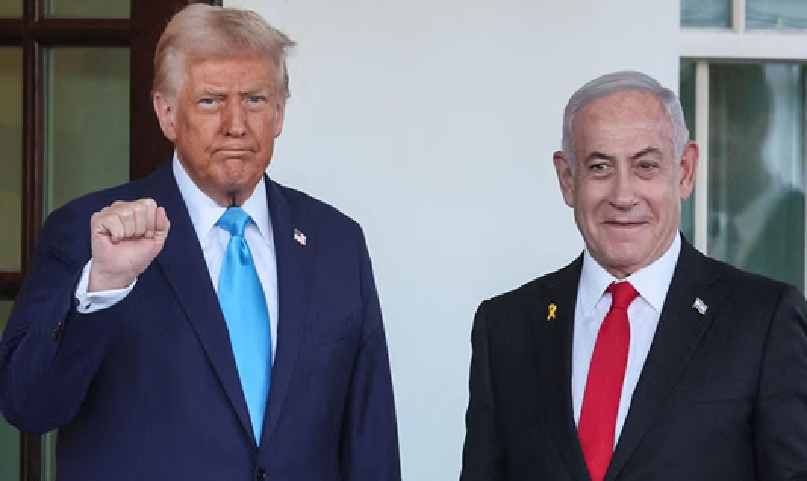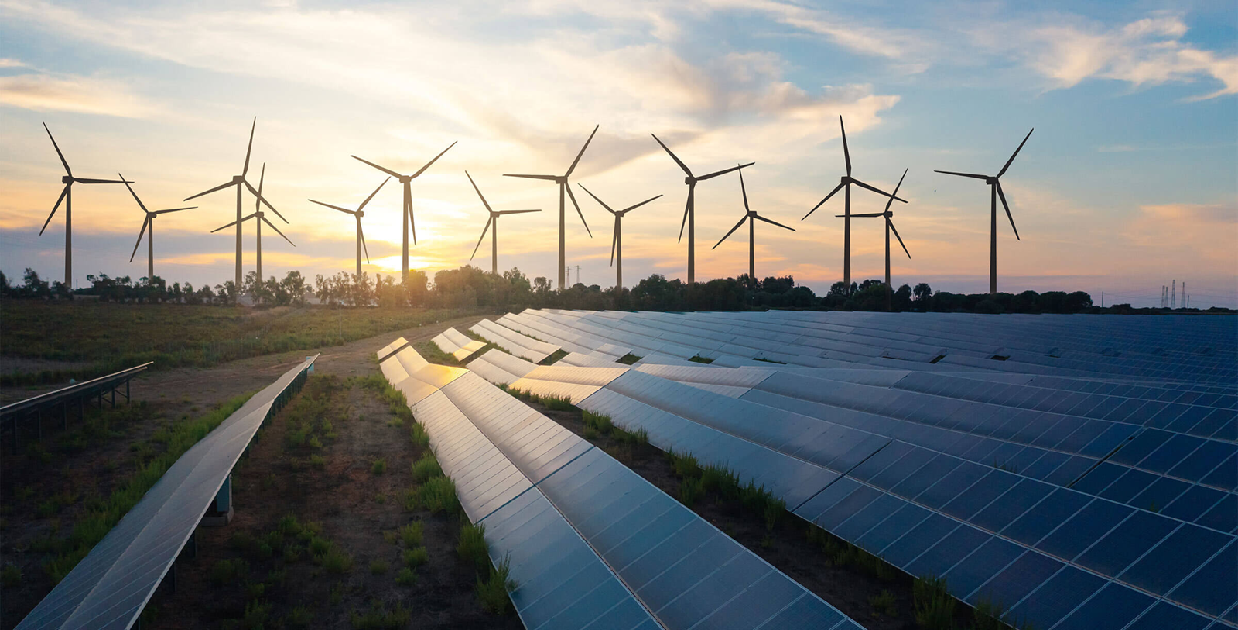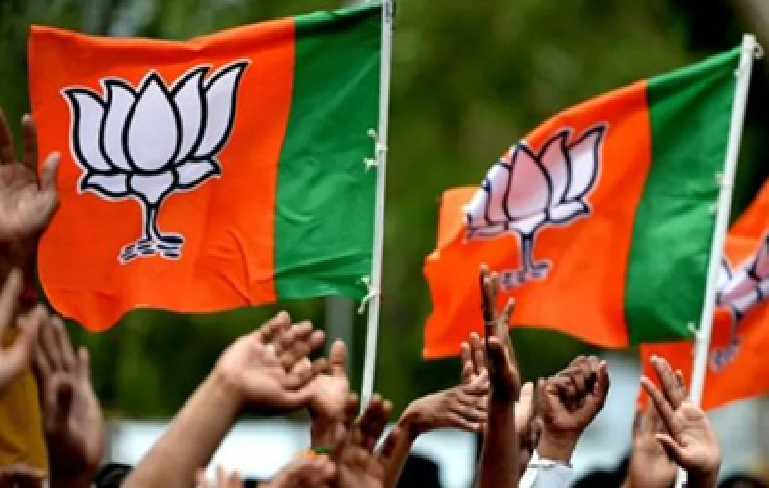
India-Russia ties: Less of Bolshoi, more of fintech
Rajiv Bhatia
Indian and Russian diplomats responsible for drafting the joint statement – the outcome document of the Modi- Putin summit on 6 December – missed hitting a century, but they scored big.
Comprising a record 99 paragraphs and entitled India-Russia Partnership for Peace, Progress and Prosperity, the astutely-crafted document mirrors all aspects of the ‘time-tested’ relationship and its reality, range, diversity and ambition. Buttressed by the signing of 28 bilateral agreements, the 21st summit of leaders may be viewed as a major milestone in the development of India-Russia relations. No wonder Prime Minister Narendra Modi stressed in his opening remarks that while a lot of geopolitical equations have emerged, the friendship between the two countries has been “a constant among all these variables.”
A decidedly positive outcome stems from the fundamental orientation of the two leaders who are strong nationalists as well as ardent advocates of multipolarity in the world. Delhi and Moscow consider each other as important power centres fighting for space in which the stronger players – the U.S. and China – as well as other stakeholders like the EU, Japan, ASEAN and Africa, have been shaping geopolitical dynamics. But, more importantly, the solid results of the summit should be attributed to diligent preparations. They began with Foreign Secretary Harsh Vardhan Shringla’s visit to Moscow in February. They picked up momentum through candid and constructive discussions held during the visit of Foreign Minister Sergey Lavrov to New Delhi in April and of External Affairs Minister S. Jaishankar to Moscow in July as well as other ministerial visits and interactions between the national security advisers. An agreed approach on how to deepen and diversify bilateral cooperation fit for the needs of the 21st century and a marked convergence on regional and multilateral issues were secured to mutual satisfaction. Two-thirds of the joint statement focused on the current multi-faceted bilateral cooperation and how it may be strengthened in the future particularly in the four vital pillars of defence, space, civil nuclear cooperation and energy, and economy. The convening of the first-ever meeting of the defence and foreign ministers under the 2+2 mechanism timed to precede the summit on 6 December, was significant. India has this model of dialogue with only three other countries – the U.S., Japan and Australia. The confirmation by both sides about the commencement of supply of S-400 missile defence systems in November 2021 and the conclusion of the agreement on joint production of over 600,000 AK-203 assault rifles at a location in Uttar Pradesh shows progress. It reflects the close and continuing links between Russian and Indian defence establishments and industries, reaffirming New Delhi’s dogged adherence to its strategic autonomy. On the wide spectrum of economy covering trade, investment, energy, technology and other domains, the New Delhi summit has a clear path forward. It includes long-term arrangements for the supply of commodities like oil, gas, fertilizers and coking coal to India; Russian investment in 13 sectors backed by India’s Production-Linked Incentive (PLI) schemes; investment by Indian companies in Russia’s Far East; and accelerating lagging connectivity projects such as the International North-South Transport Corridor and the Chennai-Vladivostok Maritime Corridor. Bilateral trade currently at $11 billion may have improved in 2021, but the two governments recognize its low level and acknowledge the need for greater efforts to achieve the target of $30 billion by 2025. Bilateral investment in hydrocarbons, banking, automotive and telecommunications sectors has been doing better at $30 billion and is steadily heading to its target of $50 billion by 2025, with a bilateral investment treaty also under negotiation. Expansion of banking cooperation, mutual settlement of payments in national currencies, and interaction of tech-based platforms such as India’s Unified Payments Interface (UPI) and Russia’s Faster Payment System (FPS) are other measures under consideration. This plays to the fintech strengths of both countries. India and Russia do have common interests in counter-terrorism and regional issues such as Afghanistan and Syria. On the former, they called for “a truly inclusive and representative government” and the need for humanitarian assistance, combatting terrorism and drug trafficking. On the latter, they agreed on humanitarian assistance and to advance “a Syrianled and Syrian-owned, UN-facilitated political process.” There was the usual discussion on the UN reform, cooperation at the UN and other multilateral fora including G20, BRICS, RIC and SCO. But the most skilful diplomacy was at play in addressing the public differences between Delhi and
 English daily published in Bengaluru & Doha
English daily published in Bengaluru & Doha

